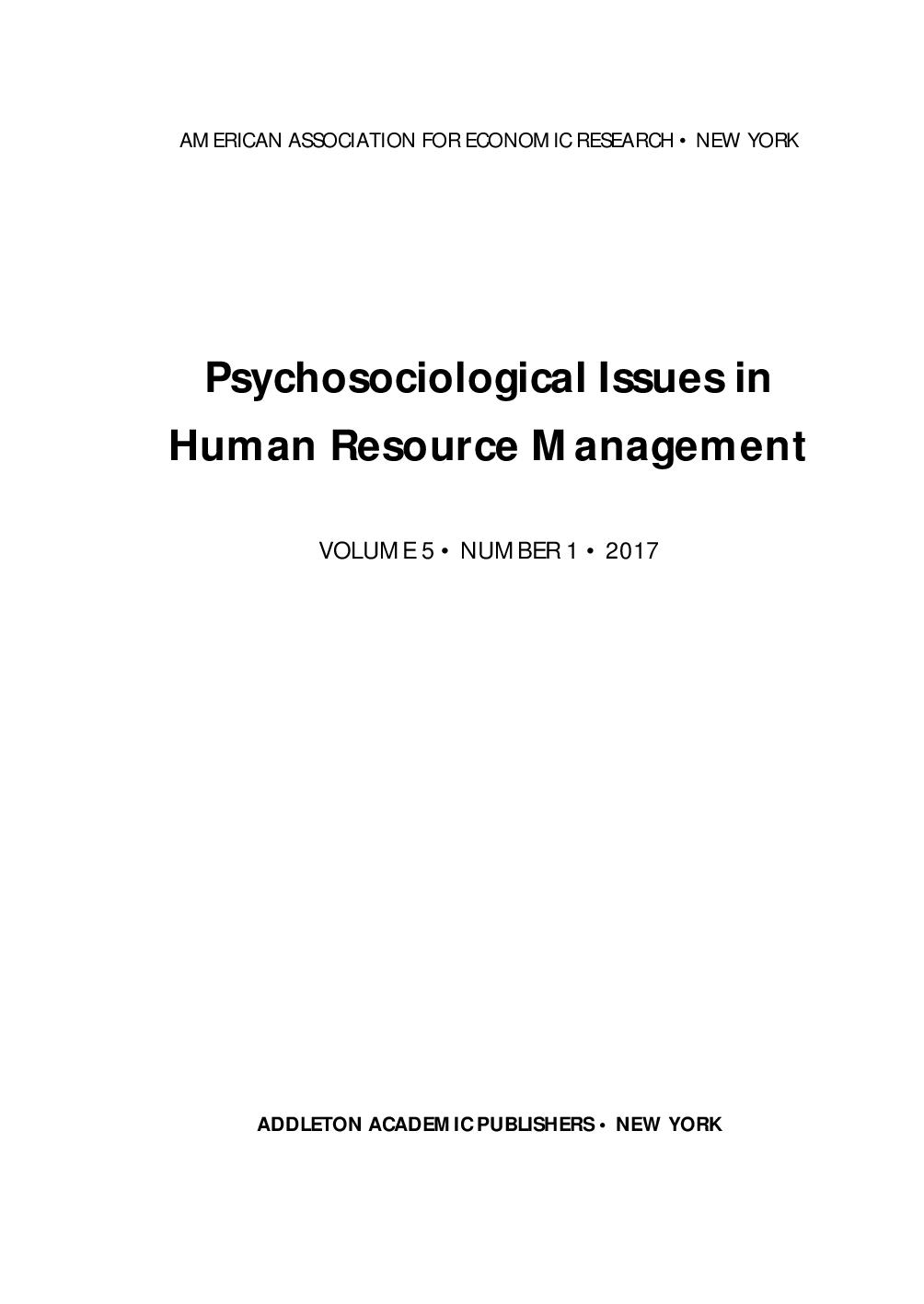THE CONCEPT OF DEMAND IN THE CONTEXT OF TRAFFICKING IN HUMAN BEINGS
THE CONCEPT OF DEMAND IN THE CONTEXT OF TRAFFICKING IN HUMAN BEINGS
Author(s): Dita VogelSubject(s): Gender Studies, Criminology, Victimology, Migration Studies, Ethnic Minorities Studies
Published by: Addleton Academic Publishers
Keywords: trafficking in human beings; forced labor; exploitation; demand; migration; prostitution;
Summary/Abstract: In the last decades, considerable efforts have been made to eradicate trafficking in human beings. In this context, the role of “demand” has gained prominence in public and political debates. The term originates from economics. This article therefore rehearses economic understandings of demand and the key terms to which it relates: supply, price and market. This understanding is then used to reflect on the way the idea of demand and related concepts are used within discussions of trafficking. These reflections include qualitative content analysis of the use of terms in the context of migration, prostitution and labor policy. The analysis shows that in anti-trafficking debates, market contexts are referred to. Demand is often used in the sense of “the willingness and ability to purchase a good or service,” but actors exercising and factors influencing this demand are often also called “the demand.” In these debates demand is also used for coercive relations, although this is not compatible with the understandings indicated above. Three cases of empirical economic studies on trafficking in human beings with widely diverging results are analyzed. As they all use demand and supply in their theoretical argumentation they all seem to deal with the same issue. However, because they situate their analysis in different reference markets and policy contexts, it is not simply that they do not measure the same issue differently, but in fact these studies observe agents on different markets that deserve separate attention. These terminological ambiguities relating demand as it is currently used within trafficking hampers progress in generating understanding of the mechanisms that lead to criminal forms of exploitation. It is suggested to use demand only in a market context when it is possible to specify who wants to buy what. “Demand for trafficking” or for “demand for exploitation” should be avoided.
Journal: Psychosociological Issues in Human Resource Management
- Issue Year: 5/2017
- Issue No: 1
- Page Range: 193-234
- Page Count: 42
- Language: English
- Content File-PDF

